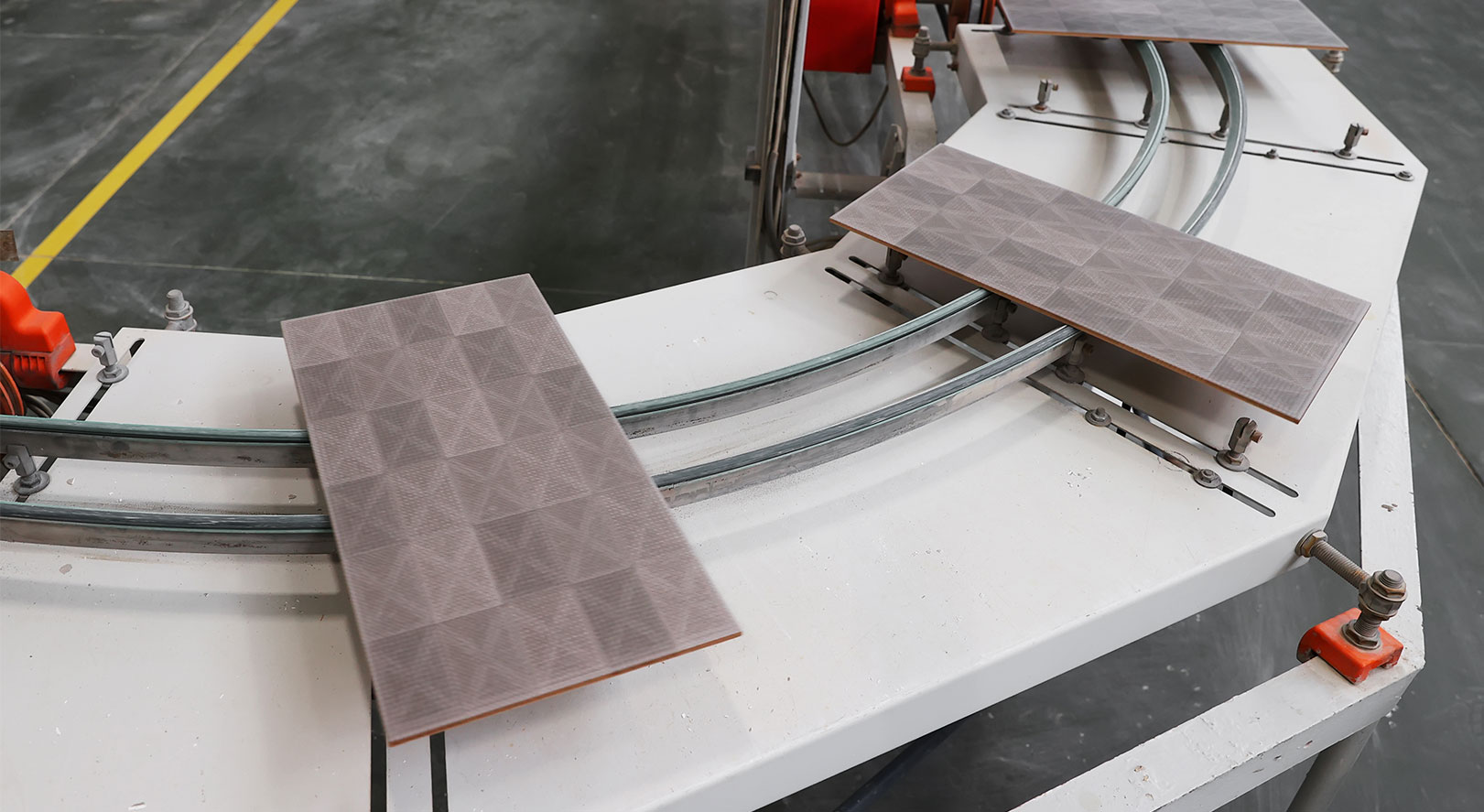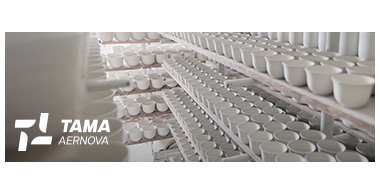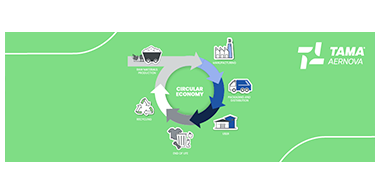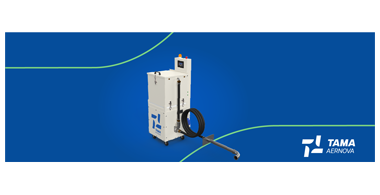
Ceramic industry: reducing impact and generating value as a goal for the near future
Ceramics is a fundamental asset for European manufacturing, given the heritage and the volume of business generated by the historical (mainly Italian and Spanish) producers of goods for a variety of applications ranging from design to functional objects and to precision components. In its simplicity, ceramics is a precious material, especially in regard to those mechanical and physical properties - hardness, impermeability, resistance, low thermal and electrical conductivity, refractoriness - that make it extraordinarily versatile in terms of applications and flexible as regards the processes that lead from the raw material to the finished product. Just think of the variety of possible applications: from tiles to sanitary ware, from tableware to decorative art, from refractory materials to bricks.

From a chemical point of view, we are talking about a combination of natural substances that are ubiquitous and harmless in themselves. In the context of industrial transformation and processing, however, they do pose critical issues that operators are required to address in order to adhere to the relevant regulations and guarantee a healthy working environment. The processing of inert materials, such as glass and ceramics, is one of the industrial sectors with the greatest environmental impact indeed; this is due to extremely energy-intensive processes that also involve combustion at particularly high temperatures and tend to generate considerable quantities of waste, including solid waste, fine dust and airborne pollutants.
CERAMIC INDUSTRY: BEST FILTER TECHNOLOGIES FOR MANAGING PROCESS POLLUTANTS
The ceramic production cycle begins with the selection and preparation of the ceramic material, which is crushed and sieved to remove impurities, contaminants and coarser particle sizes. This is followed by the mixing of powders and the shaping of the artefact, which precedes air drying and firing in special kilns up to a temperature of 2000°. The last phase concerns finishing, such as enamelling with more or less opaque vitreous coatings, with the main purpose of enhancing the original specifications of the material and protect the piece from wear; in some cases, the application of enamels and other chemical agents may determine the need for further firing at lower temperatures. Each of these steps involves the intervention of substances and chemical reactions that must be specifically addressed.
Over the past 20 years, new production technologies and the adoption of state-of-the-art purification plants have enabled the Italian ceramic industry to reduce atmospheric pollutant emissions by more than 90%. According to a recent study, the concentration of the main pollutants emitted by ceramic tile plants (particulate matter, fluorine and lead) has progressively decreased and is below BAT (Best Available Techniques) limits.
The main pollutant remains particulate matter (PM10), followed by other combustion by-products such as nitrogen oxides (NOx), sulphur oxides (SOx), carbon monoxide (CO), carbon dioxide (CO2), and volatile organic compounds (VOCs) resulting from incomplete combustion and the consequent volatilisation of the organic material associated with the raw material. In the case of advanced or technical ceramics, produced by additive manufacturing (AM), i.e. through the addition of chemicals (boride, silicon carbide, aluminium oxide, tin, zirconium) capable of acting and selectively enhancing certain original qualities of the raw material, further pollutants need to be added to the list, e.g. hydrofluoric acid (HF) and hydrochloric acid (HCL).
The technologies for the industrial ceramic sector, created, produced and distributed by TAMA AERNOVA on the domestic and foreign markets, mainly regard Pulco Air baghouse filters with pulse jet technology to keep the filtering surface clean through automated jets of compressed air and comply with the criteria of the Best Available Techniques for industrial air filtration. In addition to the collection system, the construction materials for the various components of the system - stainless and corrosion-resistant industrial steels - and the design precautions taken, benefit performance and energy savings. Pulco Air baghouse filters intercept aeraulic movements, break down the finest dust and store the coarsest impurities in the collection hopper (also customised). If necessary, Pulco Air baghouse filters can be equipped with inertisation systems, such as the lime dispenser, to pre-treat unburnt particles and the most aggressive pollutants, guaranteeing compliance with current regulations.
The solutions designed by TAMA AERNOVA guarantee a methodical and prudent management of the critical issues arising from the ceramic processing cycle, with regard to the reduction of dust and fumes and the containment of emissions into the atmosphere and the working environment, in order to favour an ever greater respect for the environment and people.



Comments